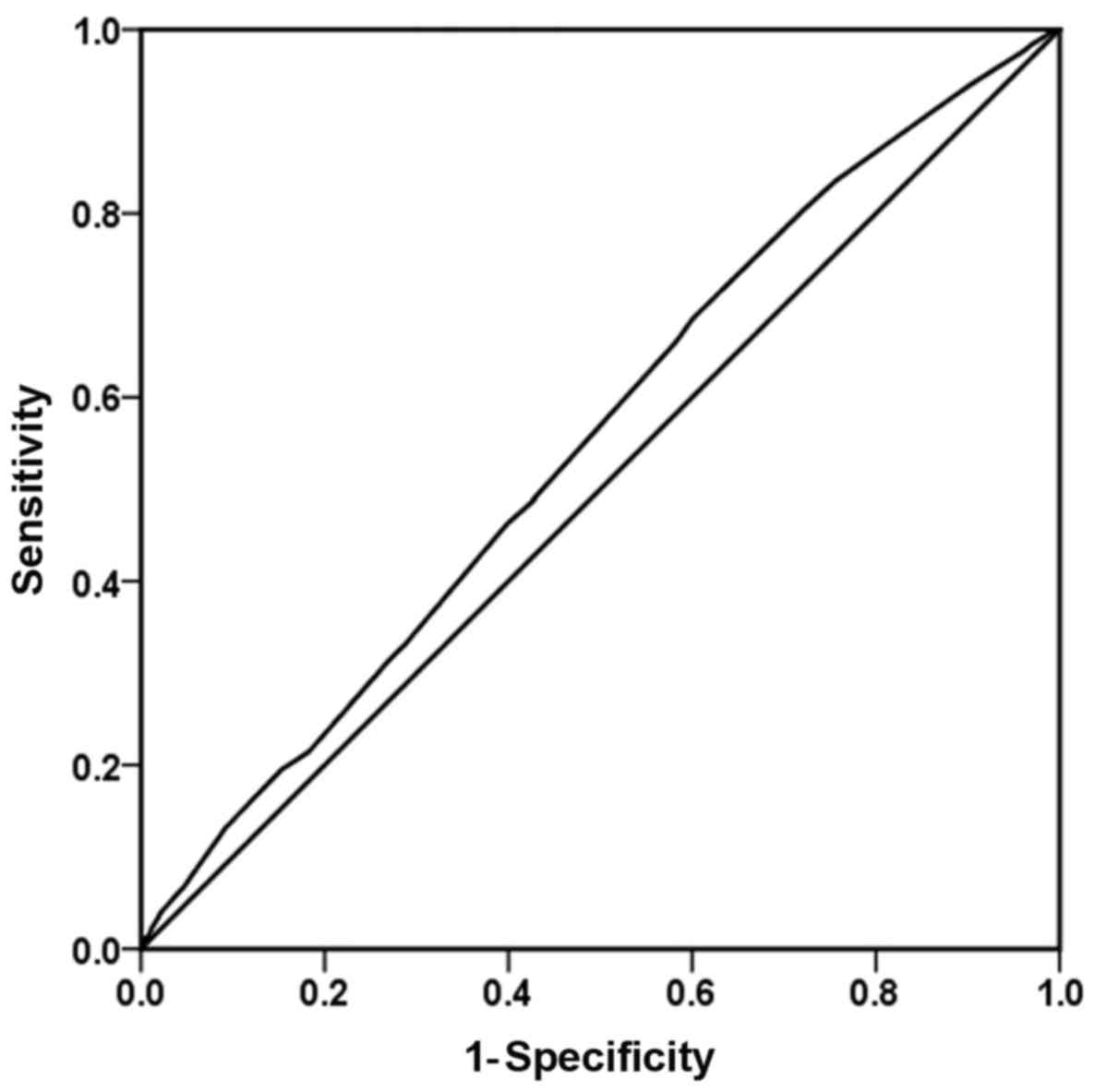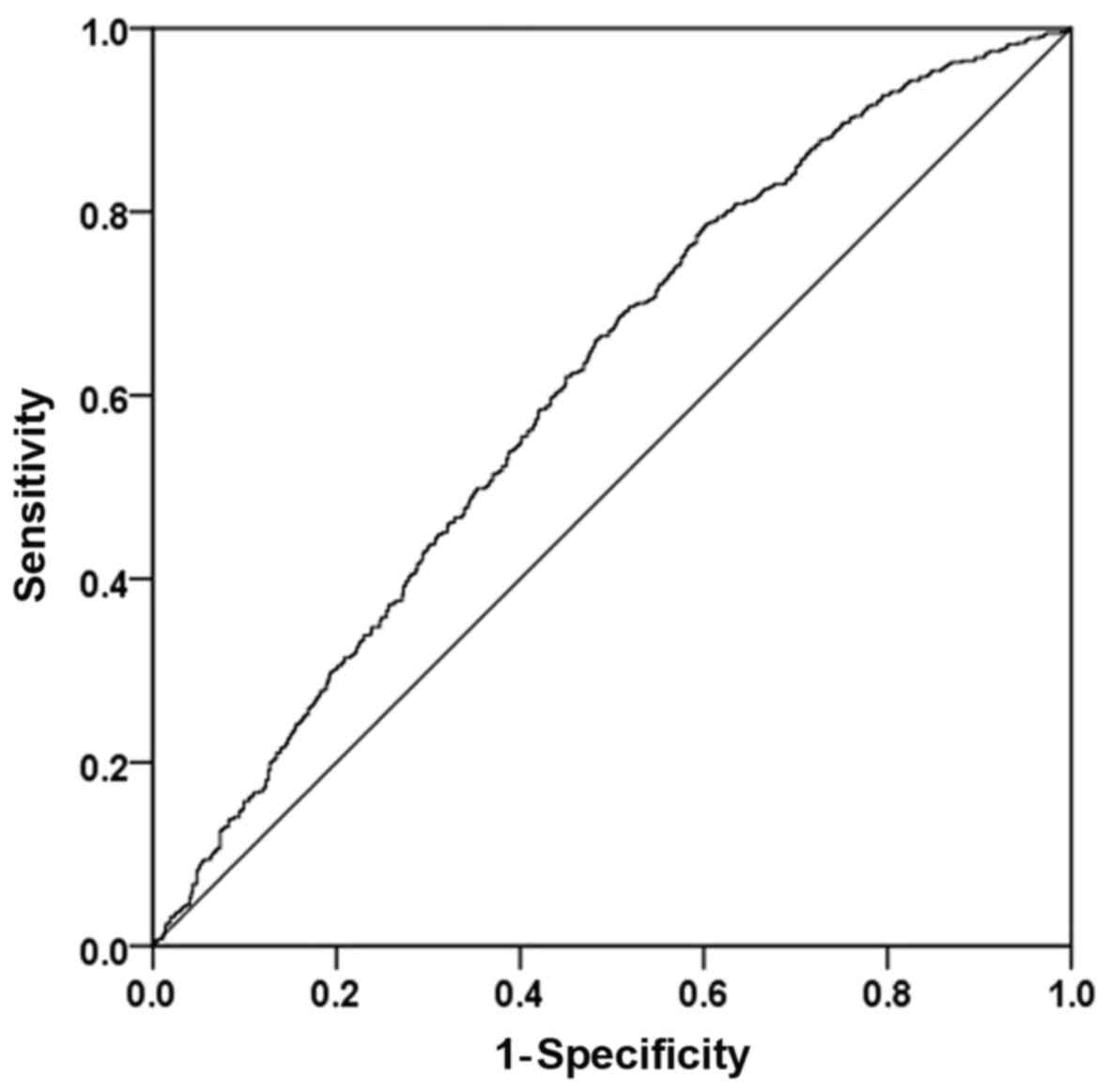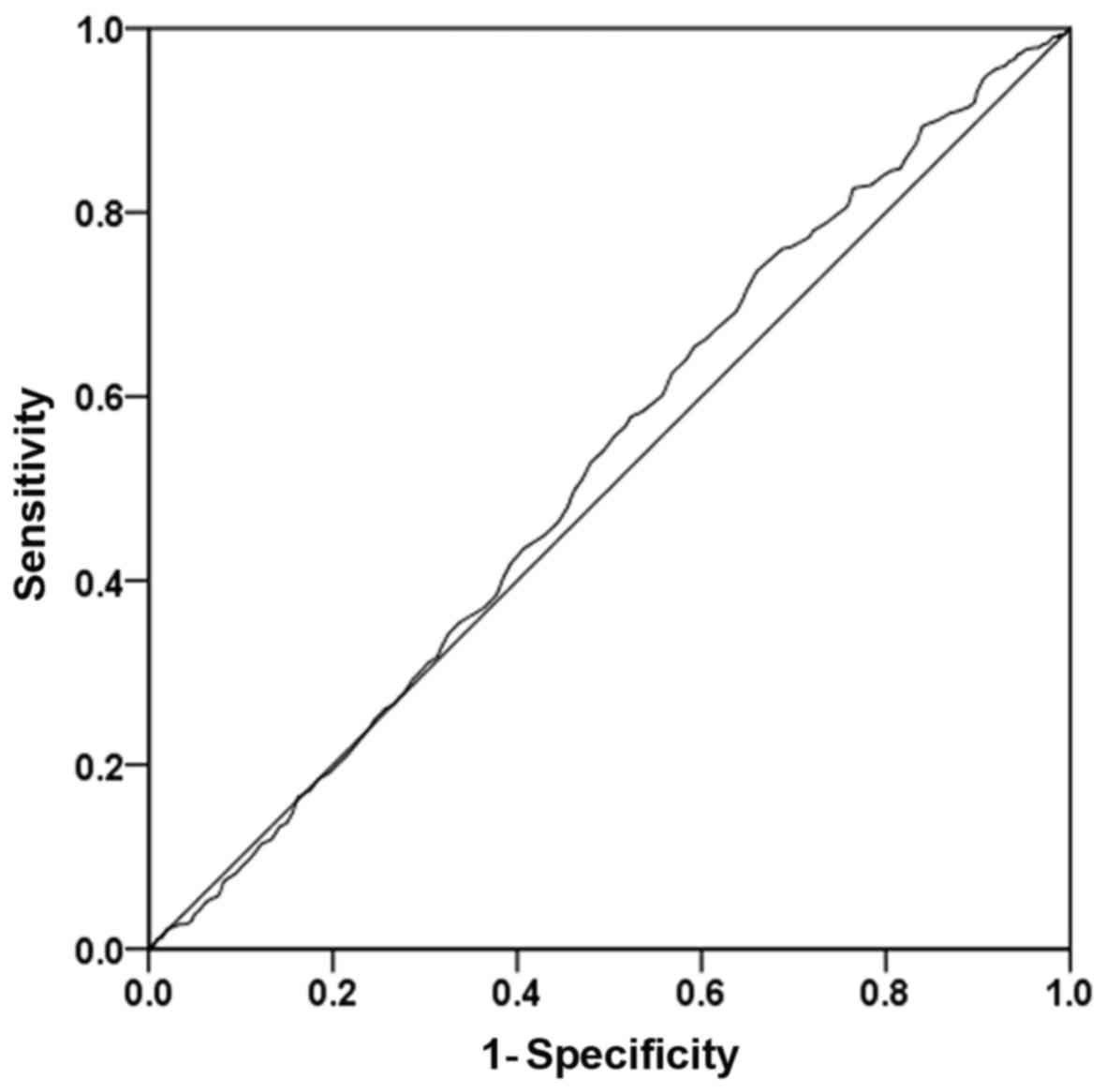|
1
|
Lévy DP, Navarro JM, Schattman GL, Davis
OK and Rosenwaks Z: The role of LH in ovarian stimulation:
exogenous LH: let's design the future. Hum Reprod. 15:2258–2265.
2000.PubMed/NCBI
|
|
2
|
Huirne JA, van Loenen AC, Schats R,
McDonnell J, Hompes PG, Schoemaker J, Homburg R and Lambalk CB:
Dose-finding study of daily gonadotropin-releasing hormone (GnRH)
antagonist for the prevention of premature luteinizing hormone
surges in IVF/ICSI patients: Antide and hormone levels. Hum Reprod.
19:2206–2215. 2004.PubMed/NCBI View Article : Google Scholar
|
|
3
|
Huirne JA, van Loenen AC, Schats R,
McDonnell J, Hompes PG, Schoemaker J, Homburg R and Lambalk CB:
Dose-finding study of daily GnRH antagonist for the prevention of
premature LH surges in IVF/ICSI patients: Optimal changes in LH and
progesterone for clinical pregnancy. Hum Reprod. 20:359–367.
2005.PubMed/NCBI View Article : Google Scholar
|
|
4
|
Weiss JM, Ludwig M, Ortmann O and Diedrich
K: GnRH antagonists in the treatment of infertility. Ann Med.
35:512–522. 2003.PubMed/NCBI
|
|
5
|
Raju GA, Chavan R, Deenadayal M,
Gunasheela D, Gutgutia R, Haripriya G, Govindarajan M, Patel NH and
Patki AS: Luteinizing hormone and follicle stimulating hormone
synergy: A review of role in controlled ovarian hyper-stimulation.
J Hum Reprod Sci. 6:227–234. 2013.PubMed/NCBI View Article : Google Scholar
|
|
6
|
Serafini P, Yadid I, Motta EL, Alegretti
JR, Fioravanti J and Coslovsky M: Ovarian stimulation with daily
late follicular phase administration of low-dose human chorionic
gonadotropin for in vitro fertilization: A prospective, randomized
trial. Fertil Steril. 86:830–838. 2006.PubMed/NCBI View Article : Google Scholar
|
|
7
|
Lambalk CB, Banga FR, Huirne JA, Toftager
M, Pinborg A, Homburg R, van der Veen F and van Wely M: GnRH
antagonist versus long agonist protocols in IVF: A systematic
review and meta-analysis accounting for patient type. Hum Reprod
Update. 23:560–579. 2017.PubMed/NCBI View Article : Google Scholar
|
|
8
|
te Velde ER and Pearson PL: The
variability of female reproductive ageing. Hum Reprod Update.
8:141–154. 2002.PubMed/NCBI
|
|
9
|
Loutradis D, Drakakis P, Vomvolaki E and
Antsaklis A: Different ovarian stimulation protocols for women with
diminished ovarian reserve. J Assist Reprod Genet. 24:597–611.
2007.PubMed/NCBI View Article : Google Scholar
|
|
10
|
Zhai XH, Zhang P, Wu FX, Wang AC and Liu
PS: GnRH antagonist for patients with polycystic ovary syndrome
undergoing controlled ovarian hyperstimulation for in vitro
fertilization and embryo transfer in fresh cycles. Exp Ther Med.
13:3097–3102. 2017.PubMed/NCBI View Article : Google Scholar
|
|
11
|
Edwards RG, Bavister BD and Steptoe PC:
Early stages of fertilization in vitro of human oocytes matured in
vitro. Nature. 221:632–635. 1969.PubMed/NCBI
|
|
12
|
Lopata A, McMaster R, McBain JC and
Johnston WI: In-vitro fertilization of preovulatory human eggs. J
Reprod Fertil. 52:339–342. 1978.PubMed/NCBI
|
|
13
|
Younis JS, Radin O, Mirsky N, Izhaki I,
Majara T, Bar-ami S and Ben-ami M: First polar body and nucleolar
precursor body morphology is related to the ovarian reserve of
infertile women. Reprod Biomed Online. 16:851–858. 2008.PubMed/NCBI
|
|
14
|
Bertran EA, Berlie HD, Taylor A, Divine G
and Jaber LA: Diagnostic performance of HbA1c for diabetes in Arab
vs. European populations: A systematic review and meta-analysis.
Diabet Med. 34:156–166. 2017.PubMed/NCBI View Article : Google Scholar
|
|
15
|
Al-Inany HG, Youssef MA, Ayeleke RO, Brown
J, Lam WS and Broekmans FJ: Gonadotrophin-releasing hormone
antagonists for assisted reproductive technology. Cochrane Database
Syst Rev. 4(CD001750)2016.PubMed/NCBI View Article : Google Scholar
|
|
16
|
Olivennes F, Cunha-Filho JS, Fanchin R,
Bouchard P and Frydman R: The use of GnRH antagonists in ovarian
stimulation. Hum Reprod Update. 8:279–290. 2002.PubMed/NCBI
|
|
17
|
Rackow BW, Kliman HJ and Taylor HS: GnRH
antagonists may affect endometrial receptivity. Fertil Steril.
89:1234–1239. 2008.PubMed/NCBI View Article : Google Scholar
|
|
18
|
Kolibianakis E, Bourgain C, Albano C,
Osmanagaoglu K, Smitz J, Van Steirteghem A and Devroey P: Effect of
ovarian stimulation with recombinant follicle-stimulating hormone,
gonadotropin releasing hormone antagonists, and human chorionic
gonadotropin on endometrial maturation on the day of oocyte
pick-up. Fertil Steril. 78:1025–1029. 2002.PubMed/NCBI View Article : Google Scholar
|
|
19
|
Honnma H, Baba T, Sasaki M, Hashiba Y,
Oguri H, Fukunaga T, Endo T and Asada Y: Different ovarian response
by age in an anti-Müllerian hormone-matched group undergoing in
vitro fertilization. J Assist Reprod Genet. 29:117–125.
2012.PubMed/NCBI View Article : Google Scholar
|
|
20
|
Nelson SM, Telfer EE and Anderson RA: The
ageing ovary and uterus: New biological insights. Hum Reprod
Update. 19:67–83. 2013.PubMed/NCBI View Article : Google Scholar
|
|
21
|
Bleil ME, Adler NE, Pasch LA, Sternfeld B,
Gregorich SE, Rosen MP and Cedars MI: Psychological stress and
reproductive aging among pre-menopausal women. Hum Reprod.
27:2720–2728. 2012.PubMed/NCBI View Article : Google Scholar
|
|
22
|
Friedler S, Schenker JG, Herman A and
Lewin A; FriedlerS: The role of ultrasonography in the evaluation
of endometrial receptivity following assisted reproductive
treatments: A critical review. Hum Reprod Update. 2:323–335.
1996.PubMed/NCBI
|
|
23
|
Dekel N, Gnainsky Y, Granot I and Mor G:
Inflammation and implantation. Am J Reprod Immunol. 63:17–21.
2010.PubMed/NCBI View Article : Google Scholar
|
|
24
|
Yoeli R, Ashkenazi J, Orvieto R, Shelef M,
Kaplan B and Bar-Hava I: Significance of increased endometrial
thickness in assisted reproduction technology treatments. J Assist
Reprod Genet. 21:285–289. 2004.PubMed/NCBI View Article : Google Scholar
|

















